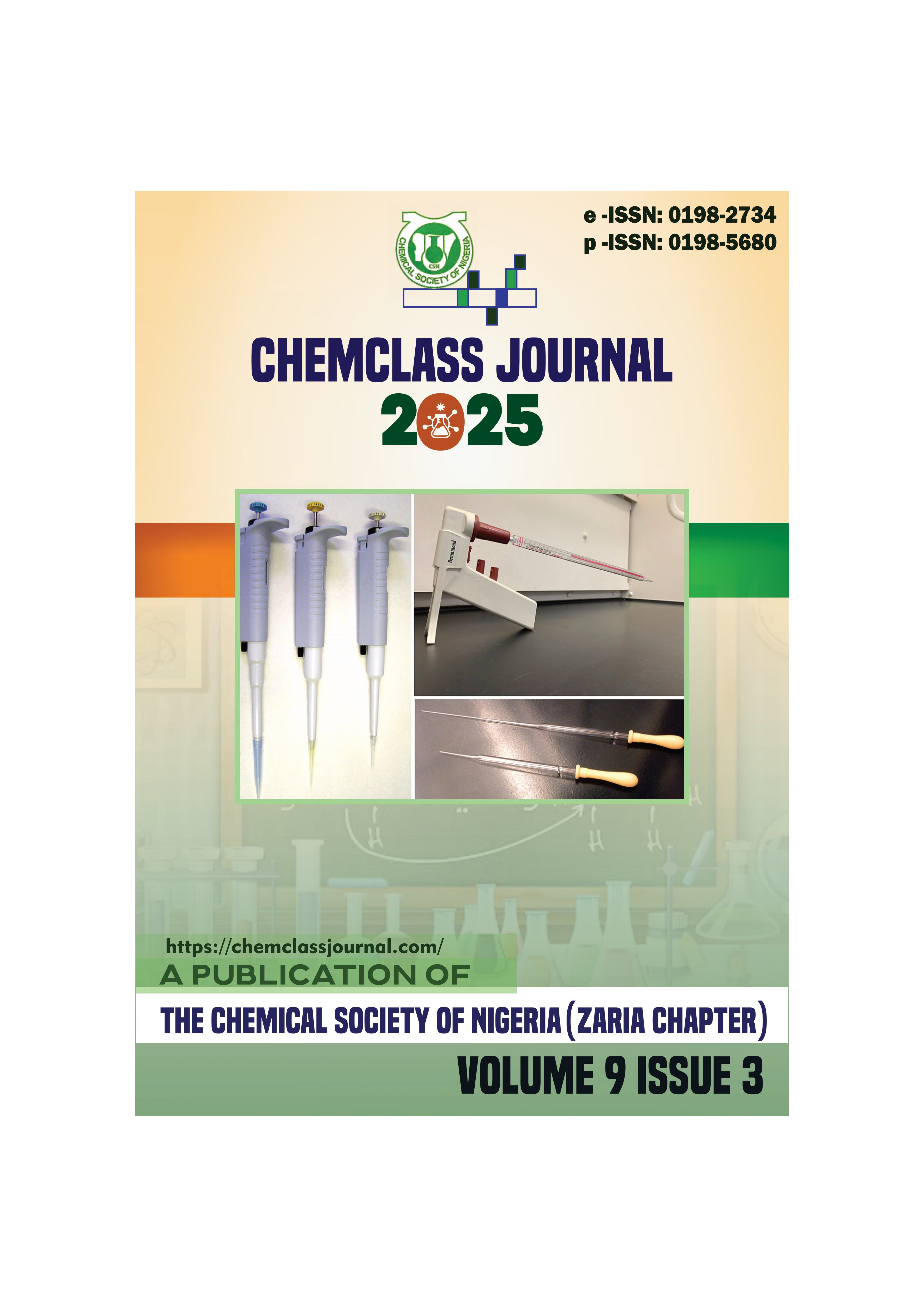Optimization of Hot-Water Extraction and Comparative Evaluation of Stirring Methods for Polysaccharide Recovery from Selected Edible Mushrooms
DOI:
https://doi.org/10.33003/chemclass-2025-0903/14Keywords:
Edible fungi, Magnetic stirring, mass transfer, mushroom polysaccharide, optimal extraction, orbiital shakingAbstract
The excellent nutritional and bioactive features of mushroom-derived polysaccharides make it pertinent to opt for safer and more cost-effective extraction techniques that will improve yield, as extraction efficiency is strongly influenced by the choice of solvent and material agitation method. This study was conducted to investigate the effect of stirring mechanism (magnetic stirring, manual stirring in a water bath, and reciprocating orbital shaking water bath) on the hot-water extraction yield of polysaccharides from Calocybe indica (CCI-P), Ganoderma lucidum (GDL-P), and Pleurotus djamor (PRD-P) under optimized extraction parameters (solvent-to-material ratio, temperature, and time). The optimal conditions were first determined using magnetic stirring, and optimum polysaccharide yield was achieved at a duration of 8 hours, temperature of 90°C for the three mushrooms, and solvent-to-material ratio of 1:20 w/v, 1:30 w/v, and 1:50 w/v for CCI-P, GDL-P, and PRD-P, respectively. Applying these parameters, the yields were compared across the three stirring methods. Hot-water extraction with orbital shaking gave the highest yield for all the mushrooms, possibly due to homogenous temperature distribution and improved mass transfer resulting from the consistent agitation, with CCI-P having the highest mean value (23.06 ± 0.07%). The order of yield was orbital shaking ˃ magnetic stirring ˃ manual stirring, irrespective of the mushroom species. This research brings to the fore the important role that hydrodynamic conditions play during hot-water extraction and highlights orbital shaking as a more effective technique for maximizing polysaccharide yield. Practical insight for optimizing conventional extraction methods for bioactive components from edible fungi for functional foods and nutraceutical relevance is also provided in this research.





 ChemClass Journal
ChemClass Journal
